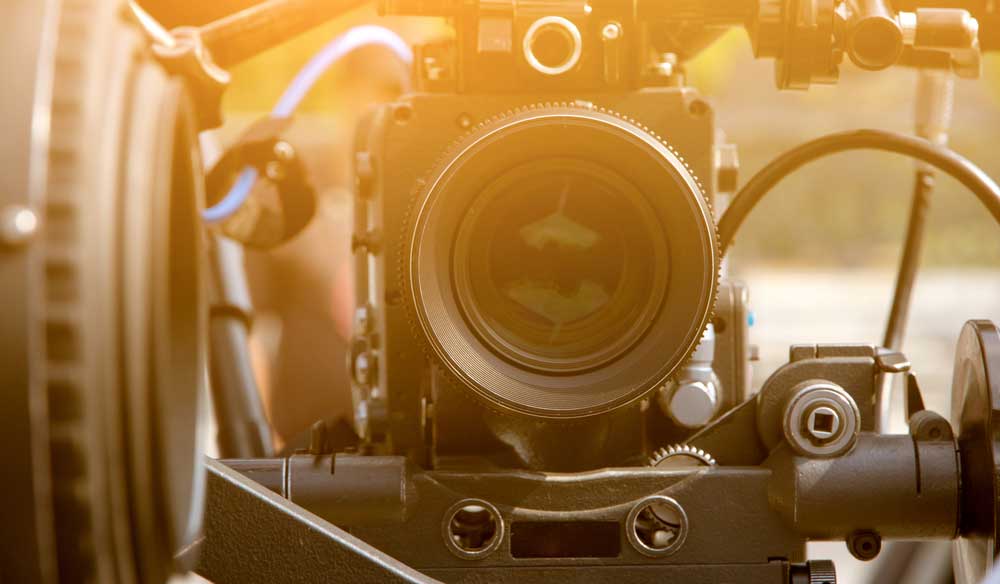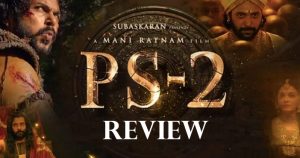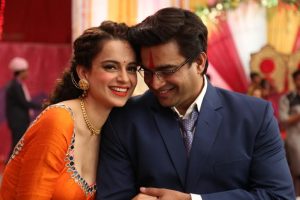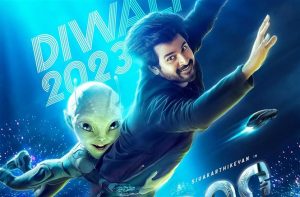The Latest Technologies Used to Make a Movie
3 min read
Movies have come a long way since the early days of the film industry. With advances in technology, filmmakers are now able to create stunning visuals and immersive experiences for audiences like never before. In this article, we will explore the latest technologies used to make a movie.
Virtual Production
Virtual Production is a revolutionary technology that is transforming the way movies are made. It allows filmmakers to create virtual environments and characters in real-time, enabling them to visualize and manipulate the scene before shooting. This technology combines the use of LED screens, motion capture, and virtual reality to create an immersive and interactive experience for actors and directors alike.
One of the most notable examples of virtual production in action is Disney’s The Mandalorian series, which used LED screens instead of traditional green screens to create a seamless background for the actors. The result was a more realistic and dynamic visual experience that transported viewers to a galaxy far, far away.
Motion Capture
Motion capture is another technology that has revolutionized the movie-making process. It involves capturing the movement of actors and translating it into digital animation, creating more realistic and believable characters.
Recent examples of motion capture technology in action include Avengers: Endgame, where actor Josh Brolin’s performance as Thanos was captured and translated into the character’s digital movements. Similarly, the character of Gollum in the Lord of the Rings trilogy was created using motion capture technology.
3D Printing
3D printing has become an essential tool for movie production, particularly in the creation of props and costumes. It allows designers to create intricate and detailed objects that would be difficult or impossible to create using traditional manufacturing methods.
A notable example of 3D printing in action is Marvel’s Black Panther, where the intricate costumes worn by the characters were designed using 3D printing technology. This allowed for more detailed and unique designs that helped to bring the world of Wakanda to life.
AI-Assisted Post-Production
Artificial Intelligence is making its way into the post-production process of movie-making. AI can help automate tasks such as color correction, sound editing, and visual effects, making the process faster and more efficient.
For example, Adobe’s Sensei AI technology is used in the post-production of movies such as Terminator: Dark Fate, where it was used to help automate the process of removing wires and harnesses from the actors during flight scenes.
High Frame Rate (HFR)
High frame rate technology involves filming at a much higher frame rate than the traditional 24 frames per second, resulting in a smoother and more realistic visual experience. This technology is being used to create more immersive experiences for viewers, particularly in 3D movies.
One notable example of HFR technology in action is Peter Jackson’s The Hobbit trilogy, which was filmed at 48 frames per second. While some viewers found the experience jarring, others praised the technology for its ability to create a more immersive and realistic visual experience.
In conclusion, the movie-making industry is constantly evolving, with new technologies being developed all the time. Virtual production, motion capture, 3D printing, AI-assisted post-production, and High Frame Rate are just a few examples of the latest technologies that are being used to create stunning and immersive movie experiences. As technology continues to advance, we can expect even more innovative tools and techniques to emerge, helping to push the boundaries of what is possible in the world of movie-making.






